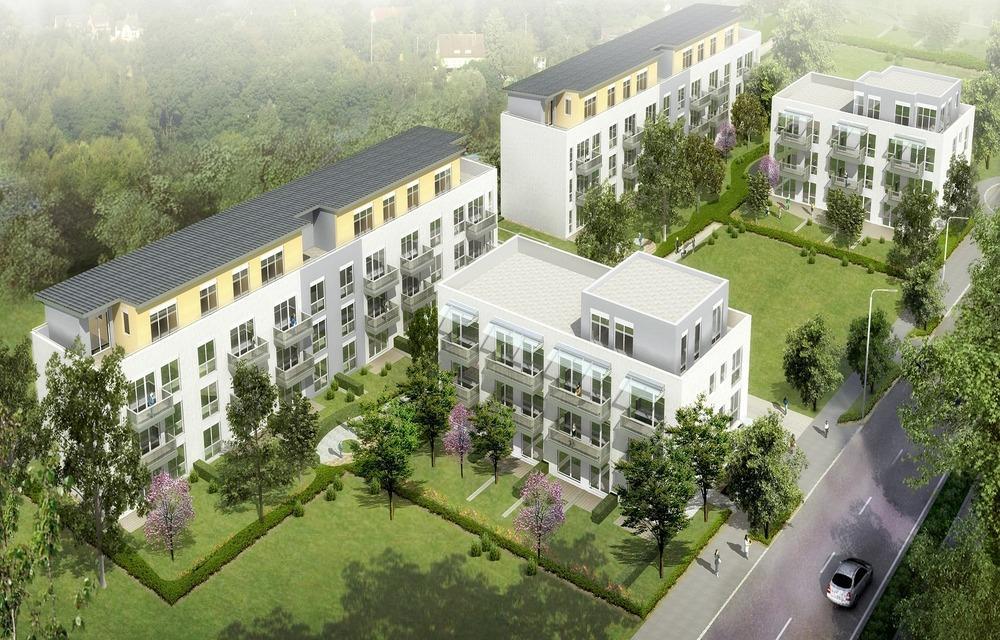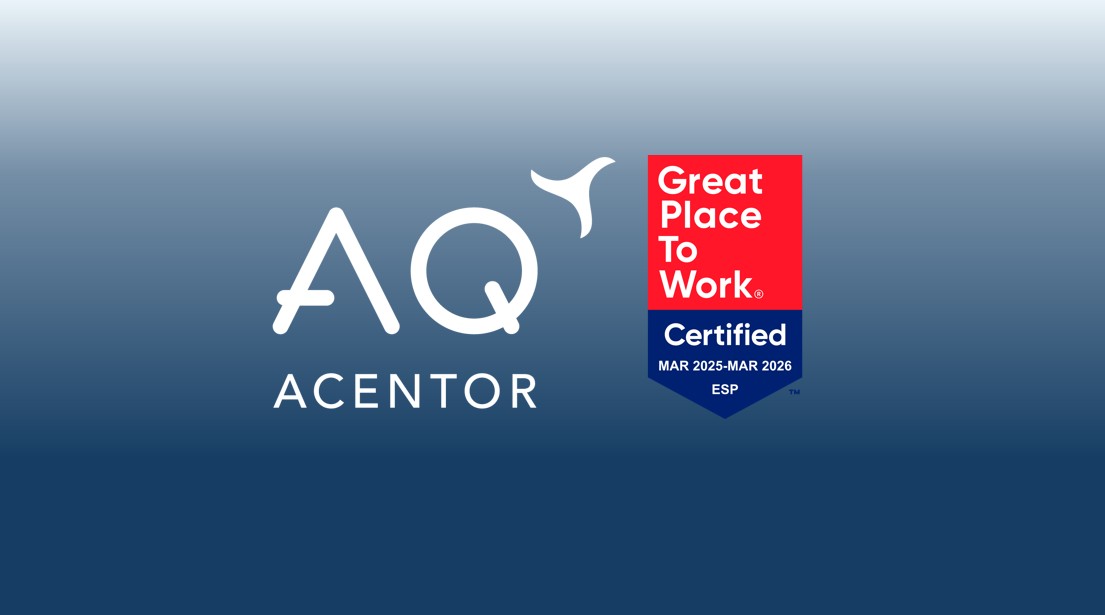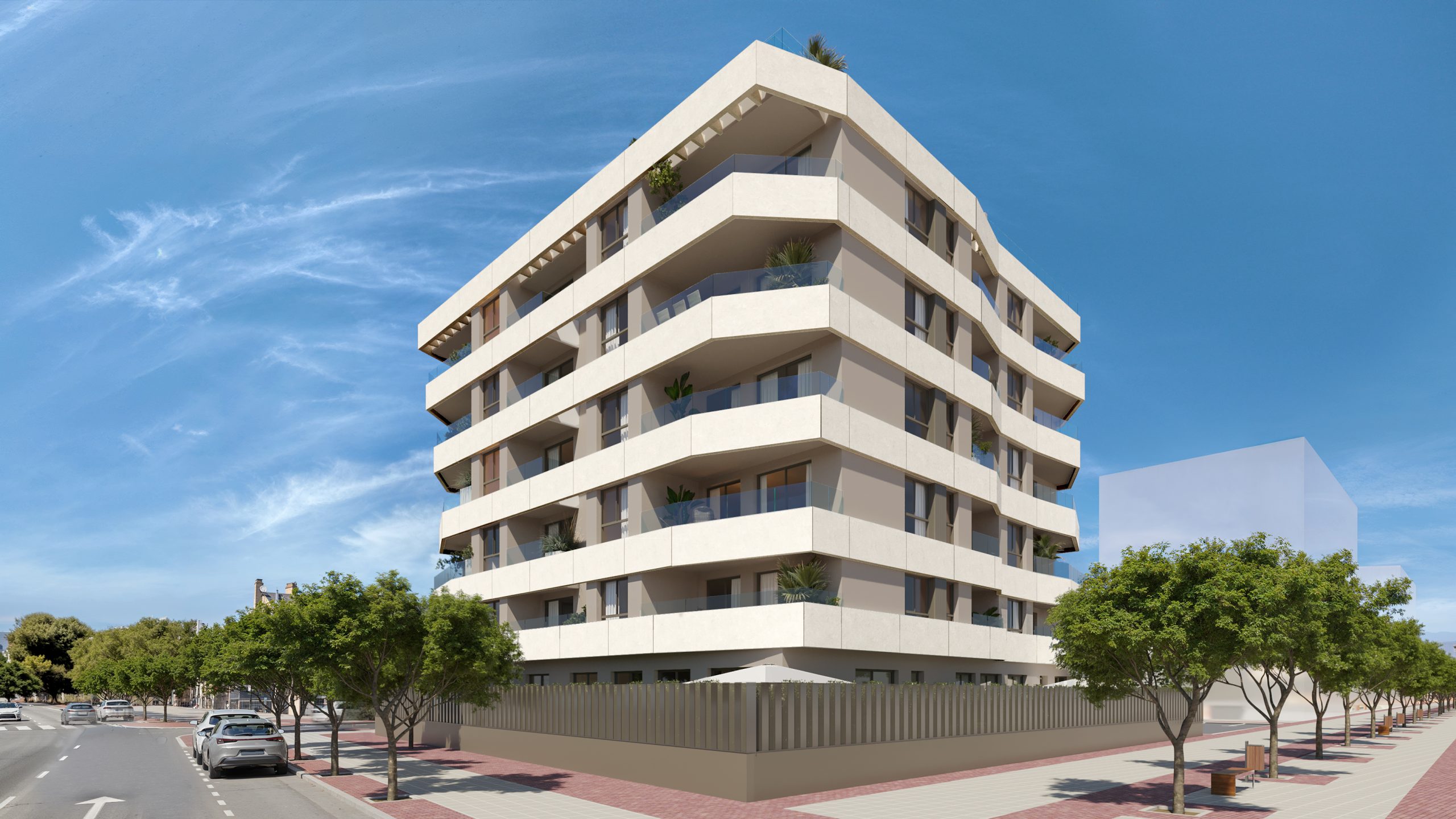Social housing (VPO): what is it?

Subsidised housing prices or rents are linked to income. It offers a safe and affordable housing option for people on lower incomes who would otherwise be unable to afford housing.
What is a VPO?
Subsidised housing, known in Spain as VPOs, strive to provide everyone with access to somewhere decent to live. Normally the acronym VPO is used generically to refer to all social housing, but there are actually different categories and grades that have given rise to a number of different acronyms that people struggle to get their head around.
Broadly speaking, social housing usually costs less than the market rate, has very specific characteristics in terms of size, design, quality etc., that are set by Law and imposes special-access requirements for applicants. As the name suggests, they are properties, so they can only be used as a primary residence, regardless of whether it’s bought or rented.
Subsidised-housing developers don’t necessarily have to be public entities, but can be built by private entities or by cooperatives. Private developers must comply with regulatory requirements and will be awarded state subsidies to make up for the price cap.
Just as it’s important to know when the best time to acquire a property on the open market is, you need to look into all conditions that the purchase and possible sale of a protected property are subject to.
Characteristics of social housing
- The price of social housing is significantly lower than housing prices on the open market.
- The surface must not exceed 90 m2, although there are some exceptions.
- They must be the owner’s permanent and primary residence.
- They aren’t freely disposable, in other words, they can’t be sold for a certain time limit set by the government.
- Each Autonomous Community evaluates the properties that will fall into this category. Similarly, the difference between the sale price and the market price will be covered by the Government and the Autonomous Community.
Now that we’ve cleared up whatsocial housing is,let’s look at the different types.

Types of protected housing
Protected housing can be classified depending on how it is to be used:
Housing for sale
- Basic Subsidised Housing (VPPB). The surface area shouldn’t exceed 110 m2 with some exceptions, they have a maximum legal sale price and they have a 20-year protection regime.
- Subsidised Housing at a Limited Price (VPPL). The surface area mustn’t exceed 150 m2, the land on which they are built may be used for housing that can be freely bought and sold on the market, the price is set at a maximum value and they have a 20-year protection regime, although reclassification may be requested after 15 years.
Houses for rent
- Subsidised Housing for Rent (VPPA). They range in size from 110-150 m2 and are subject to a maximum monthly rent.
- Subsidised Housing for Rent with the Right to Buy (VPPA OC). With a maximum surface area of 150 m2, maximum annual rent and the option to buy after the fixed term has elapsed.
- Subsidised Housing for Rent with the Right to Buy for Young People (VPPA OCJ). They’re aimed at under 35s, the surface area is 70 m2, they’re subject to a maximum annual rent and they also come with the right to buy.
Eligibility requirements for social housing
There are a number of general requirements to meet in order to access a VPO, although each Autonomous Community can set whatever conditions it deems appropriate.
- Be of legal age.
- Be registered as an applicant for social housing in your autonomous community.
- Not own another property.
- Not have been granted social housing in the past.
- The property must become the owner’s habitual residence and may not be sold or rented to third parties.
- The applicant must meet specific financial requirements to be set by the Autonomous Community.
- Broadly speaking, the applicant’s household income may not exceed 5.5 of the Annual Public Indicator of Multiple Effect Income (IPREM).
Advantages and disadvantages of purchasing social housing
Although the conditions for acquiring social housing are advantageous, the requirements are very strict and you might even be sanctioned if you don’t comply with them.
Advantages of purchasing social housing:
- Prices below the market rate.
- Subsidised apartments are normally new-builds.
- You might be able to get subsidies for the down payment and/or the mortgage.
Disadvantages of purchasing social housing:
- The buyer must live in the property on a permanent basis. It can’t be rented out or used in any other way.
- The property can’t be sold for 10 years, unless there’s a justified reason (moving to another city for employment purposes, etc.) and after the autonomous community has been notified.
- The selling price will be restricted in accordance with the terms stipulated by the autonomous community.
If you’re thinking of buying a property, you might be interested in one of our developments.


